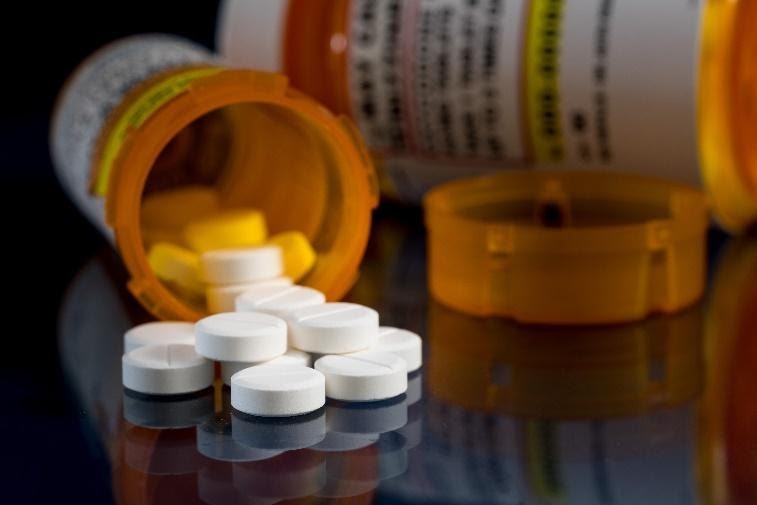What are the different types of drugs is a common question for parents looking to educate and protect their children? The number of drugs and pharmaceuticals that are regularly monitored for employment and addiction can range from up to a three panel to a sixteen-panel test.
The United States government categorizes drugs into five different schedules. Many people looking for information for the first time, ask what are the types of drugs and their effects.
The truth is that there is an unlimited number of drugs that can cause addiction. Drugs are grouped into categories and schedules depending on who you ask. Seeking recovery early is the key to overcoming addiction.
Varieties of Drugs
How many types of drugs are there is the main question most people ask when they start to study addiction. Most addiction treatment centers focus on seven main categories or types of drugs and their effects.

Opioids are the most commonly known addictive group. There are also stimulants (uppers) and depressants (downers). Drugs such as hallucinogens and cannabis are sometimes grouped together. Inhalants and dissociatives are the lesser known drugs.
Drugs that are often used together, such as opioids, cocaine, stimulants, and depressants, can create severe health problems for their users, up to and including death.
Sniffing glue, paint, and other household chemicals are one of the most damaging groups of drugs known as inhalants. Inhalants are unique in that they are easier to access and also extremely dangerous.
The group known as dissociatives are within the group hallucinogens and includes well-known club/party drugs such as the popular cough syrup DXM (dextromethorphan), Nitrous Oxide, Ketamine, and phencyclidine aka PCP.
Drug Panel
Many employers only require a basic three-panel drug screen which tests for cannabis, opioids, or cocaine. This basic test is used for simple screening purposes. However, there are many different drugs that are abused. Therefore, some employers require a major drug test that covers the majority of well-known and often abused street and pharmaceutical drugs. Depending on the position and purpose of the test there are a wide variety of drug panel types. You can find 3, 5, and 7 commonly along with 12, 14, and 16 for more extensive testing.
A sixteen-panel drug test will screen for virtually all the known street drugs. A standard sixteen panel drug test covers marijuana also called cannabis, or rather it screens for it’s main chemical THC, opiates (OPI), cocaine (COC), barbiturates (BAR), benzodiazepines
(BZO), oxycodone (OXY), tramadol (TRA), amphetamine (AMP), buprenorphine (BUP), phencyclidine better known as PCP, ethyl glucuronide (ETG), fentanyl (FEN), methadone (MTD), (K2) a known synthetic marijuana, methamphetamine (mAMP), and methylenedioxymethamphetamine also known as MDMA.
Different Types Of Drugs: Schedule I through V
While there are many different types of drugs the government categorizes them into classifications called schedules. The schedule of drugs ranges from the top I, which includes drugs with high potential for abuse, to the bottom schedule V, which includes drugs with little to no potential for abuse. This schedule is what is used in criminal courts.
Schedule II, III, and IV typically consist of medications that have the potential for abuse. Many pharmaceutical companies lobby for a particular schedule when a new drug is released.
For instance, Marinol (a synthetic delta-9-THC) is well-known for successfully lobbying and obtaining reclassification, lowering it from a schedule II to a schedule III drug.
Recovery
In recovery, they address drug addiction at its core. While many drugs are categorized in groups, classes, or schedules, addiction is an underlying condition.
It is important to look at the individual side effects of specific drugs and the larger group as a whole. While each drug is unique, the group or category can help to identify specific symptoms.
At United Recovery Project we offer a drug and alcohol detox and treatment program that helps individuals to recover from addiction. You can join the program now by contacting us now.


